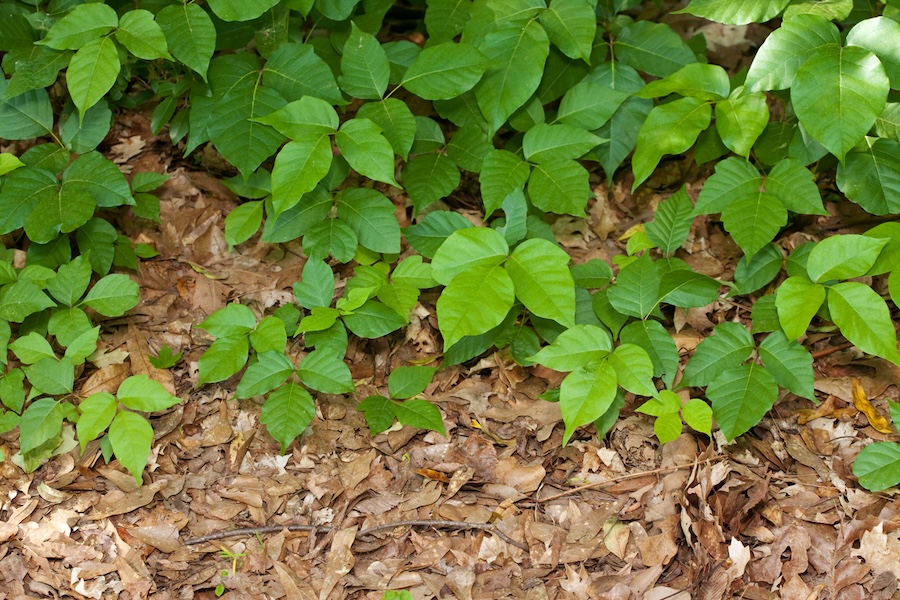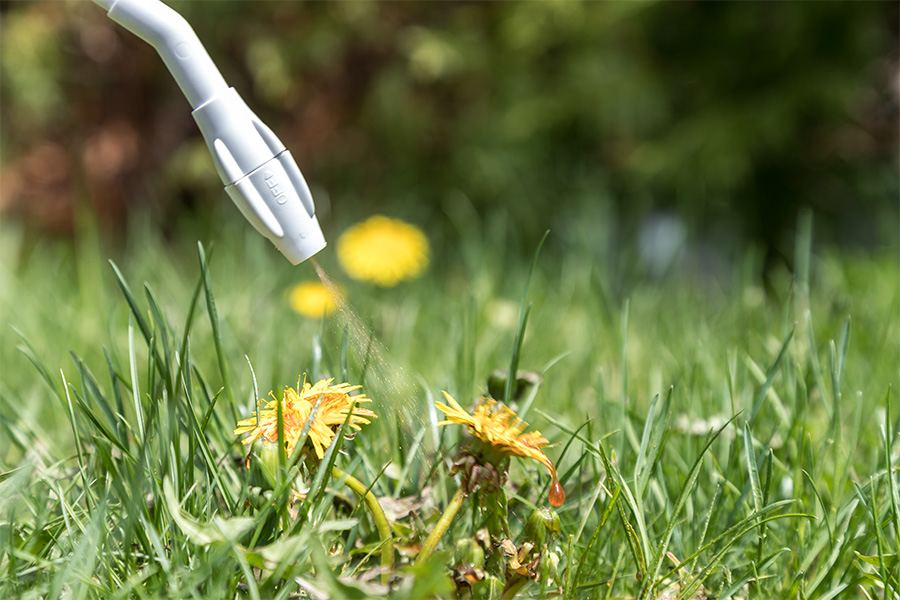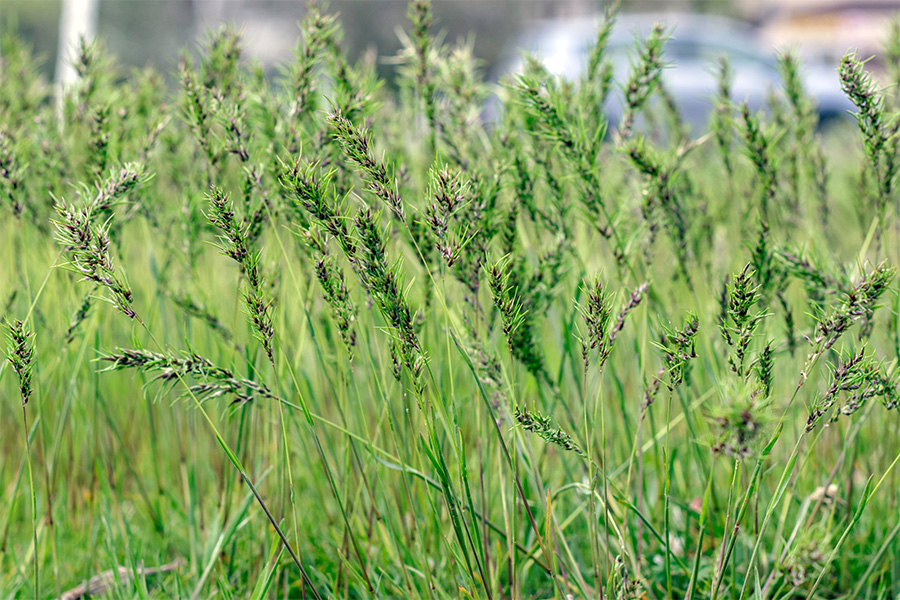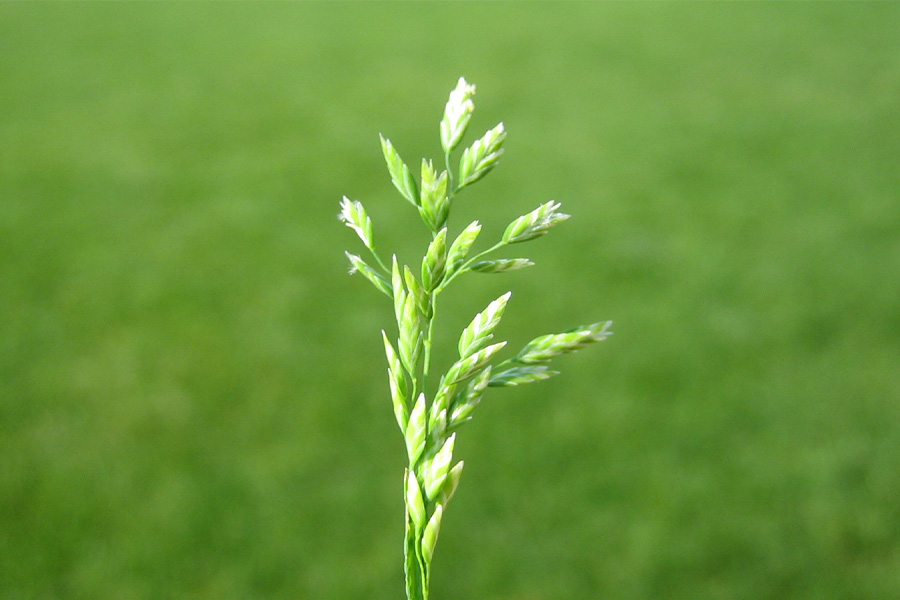Weeds
-

Poison ivy is a common poisonous plant in Georgia. This publication is to help hikers, campers, gardeners, and outdoor lovers identify poison ivy to stay safe and avoid potential allergic reactions.
Mark Czarnota
|
-

Weeds can be major pests of home lawns. Due to differences in color, leaf size, shape and growth habit, weeds detract from the natural beauty of desirable turfgrasses. Additionally, weeds compete with turfgrasses for sunlight, soil moisture, nutrients and space. Many weeds can quickly become the dominant species in a lawn. This publication contains comprehensive information about weed control in home lawns.
Clint Waltz and Patrick E McCullough
|
-

Annual bluegrass (Poa annua L.) is a problematic winter annual weed in residential turf. Compared to most turfgrasses, annual bluegrass has a lighter green color, coarser leaf texture and produces unsightly seedheads. Contrary to its name, both annual (live for one season) and perennial (live for many seasons) biotypes of annual bluegrass may be found in turf. This publication describes methods of control for annual bluegrass in residential turfgrass lawns.
Patrick E McCullough
|
-

Annual bluegrass (Poa annua) is the most problematic winter weed of lawns in Georgia. Plants have a light green color, coarse leaf texture, and produce unsightly seedheads. Annual bluegrass germinates in fall, overwinters in a vegetative state, and resumes active growth in spring. Competitive growth of populations causes stand thinning of desirable turfgrasses that may predispose lawns to invasion by summer annual weeds, such as crabgrass (Digitaria spp.). Annual bluegrass typically dies out by May in Georgia, but cool temperatures in spring and regular irrigation may extend survival of populations into early summer.
Annual bluegrass is the most problematic winter weed of lawns in Georgia. Turf managers have experienced difficulty controlling annual bluegrass due to the spread of biotypes with resistance to pre- and post-emergence herbicides. This publication covers annual bluegrass identification, establishment, and cultural control for lawns. The development, detection, and control of herbicide-resistant annual bluegrass is also discussed.
Patrick E McCullough
|
-

SB 48-12
Vegetables
This section of the Home & Garden Edition covers insect, weed, and disease control in home garden vegetables. Beginning in 2022, the Home & Garden Edition has been updated biennially. When purchasing a product based on a first-year recommendation of the Handbook, check the current product label before purchase to be sure it is still labeled for the use for which you are buying it. For pesticide products you have on hand from earlier purchases, you are allowed to use them until they are depleted without penalty under the law. Always follow label instructions before use. Contact the product’s manufacturer for the most up-to-date label.
Stanley Culpepper, Alton N Sparks, Bhabesh Dutta, and Allison Faye Johnson
|
-

C 1027-13
Weed Control
This publication describes weed control methods that are appropriate for community and school gardens.
Bob Westerfield and David Berle
|
-

C 867-8
Weed Control in Iris
With their beautiful flowers, irises are coveted as one of the finest herbaceous perennials. Unfortunately, like most garden plants, weed control in irises can be difficult. Established perennial broadleaf weeds can be extremely difficult to control, requiring special removal techniques. Fortunately, many annual broadleaf and grassy weeds can be easily controlled with mulches and the judicious
use of herbicides.Mark Czarnota
|
-

C 867-2
Controlling Greenbrier
Greenbrier (Smilax spp.) is a difficult vine to control in the landscape. Also known as Catbrier, Cat Sawbrier and Sarsaparilla vine, once this climbing vine develops an extensive underground rhizome tuber system, it is difficult to control. This publication describes successful control methods.
Mark Czarnota
|
-

Florida betony is a “winter” perennial and has a square stem with opposite leaves. Florida betony (also called rattlesnake weed and hedge nettle) is a problem weed in both turfgrasses and ornamentals.
Mark Czarnota
|